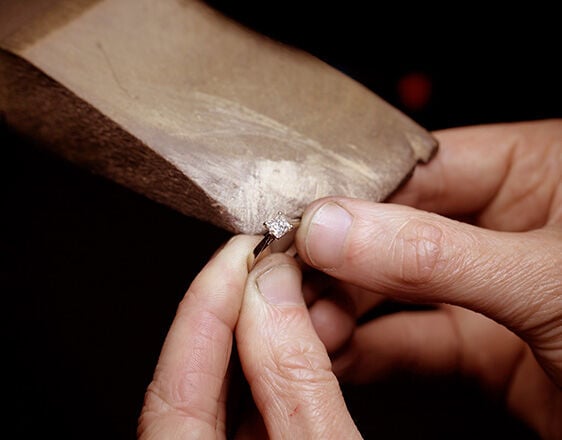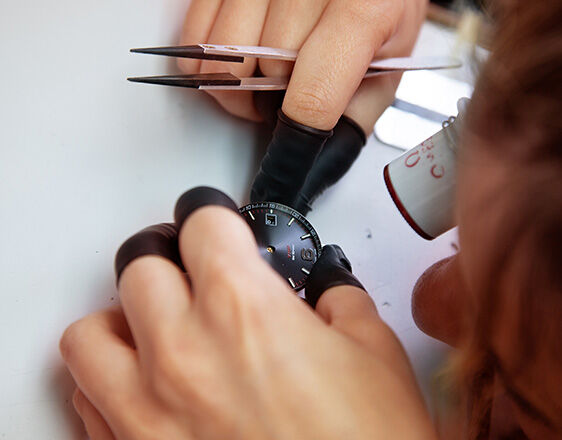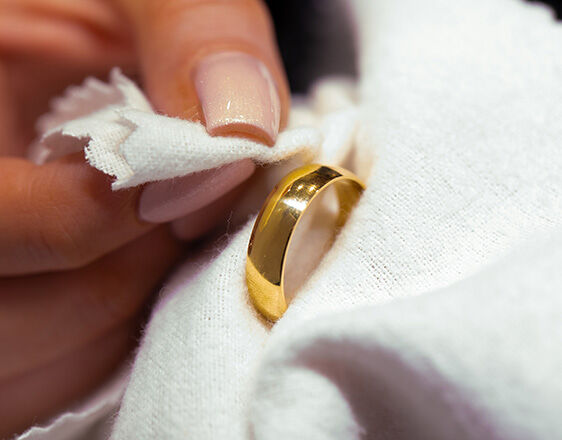Frequently Asked Questions
Below we've compiled answers to the most common questions to help you care for and protect your diamonds, gold and silver jewellery, lab-grown diamonds, and luxury or fashion watches.
Repair & Services FAQs
• To resize the ring to a larger size: Our jewellers carefully stretch the metal or add a small piece of metal to increase the size while ensuring the design remains intact. Any added metal will be blended seamlessly to match the original ring.
• To resize the ring to a smaller size: The jewellers remove a small portion of the band, then reshape and solder the ring back together. Afterward, the ring is polished to ensure the join is invisible and the band looks as good as new.
Gold, Silver, and Diamond Jewellery Care
Watch Care & Maintenance
The good news is, this is something our workshop can usually resolve. Our skilled technicians can replace worn seals, pressure test the watch, and restore its water resistance to ensure it’s safe for use in water again. Regular servicing is key to maintaining your watch’s water resistance.
Power source: Quartz watches are battery-powered, meaning they rely on a battery to function. Automatic watches, on the other hand, are powered by the movement of your wrist or through manual winding, with no battery required.
Weight: Automatic watches often feel heavier due to the internal mechanisms (rotor, gears, etc.) that keep them running. Quartz watches, which have fewer internal components, tend to be lighter.



